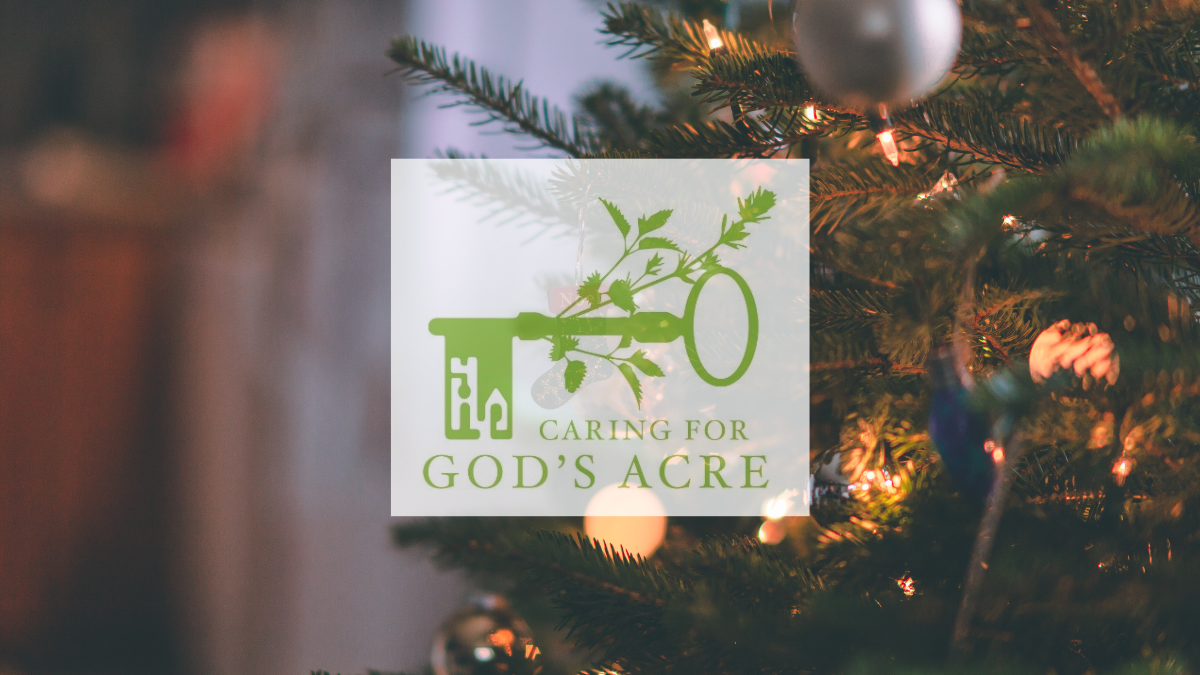
Prince Albert, husband of Queen Victoria is often credited for making Christmas trees fashionable in Britain but the tradition of decorations and of bringing greenery into our houses and places of worship is far older than that. There are records of decorations for Saturnalia in ancient descriptions from the 5th century BC. Saturnalia fell in mid-December, around the time of the solstice, which is of course when Christmas falls. Decorating trees is also an ancient Celtic custom. A tree would be decorated at the winter solstice as a symbol of life and the Scandinavians did so to celebrate Yule, also a mid-winter festival.
Celtic tree dressing was not solely associated with the solstice, Piny the Elder describes a festival on the 6th day of the moon which involved sacred oak trees. Ash, apple, hazel alder, elder all have particular importance, with oak, ash and thorn the three primary ‘magical’ trees, employed by Puck, in Rudyard Kipling’s Puck of Pooks Hill to transport the children back through time. Yew features in many traditions and beliefs, as a symbol of both death and life and yew boughs, along with holly were brought indoors to decorate homes and churches for Christmas, probably because of their evergreen foliage and red berries.
Decorating churches and homes for Christmas has been part of the church calendar for many centuries with almost all surviving church records from the late Middle Ages including entries for purchasing holly and ivy. The Christmas carol Deck the Halls with Boughs of Holly dates from 16th century Wales. It was Prince Albert who popularised the use of spruce trees however, not a British tree species and imported from his native Coburg in Germany. Periodicals such as the Illustrated London News began to describe the royal Christmas tree each year and the custom took off amongst the public. Wreaths hung on the door also became popular during Victorian times although, like decorations and the use of greenery, wreaths were not new, having been presented in Ancient Rome as a reward for military success and excellence. Advent wreaths may have originated amongst Lutherans in 16th century Germany.
Kissing boughs are an old tradition now lost, but which may have led to the custom of kissing beneath the mistletoe. Kissing boughs consisted of a hoop of pliable sticks, probably hazel or willow, made into a sphere on which decorative greenery could be fixed. These would be hung on walls or in doorways to welcome people into the building and could be quite large. Popular in Tudor times, they became more elaborate in Georgian times and included apples, oranges and coloured paper or baubles. Gentlemen could pluck a berry and then kiss a lady on the cheek until the berries ran out and the kissing stopped!
Most of our churchyards and cemeteries contain a ready supply of the greenery traditionally used for decoration; holly, ivy, yew and sometimes mistletoe too. A small contribution towards more sustainable ways could be to increase use of these natural ‘decorations’ and reduce the need for imported flowers or artificial baubles and lights. You will be following in the footsteps of many generations celebrating both Christmas and the solstice with the hope in a dark season that both bring.
All the best,
Diocesan Churchyard Environmental Advisor
www.caringforgodsacre.org.uk - individuals and groups in the diocese receive 20% members discount on all CfGA materials. Use the discount code diomem22
